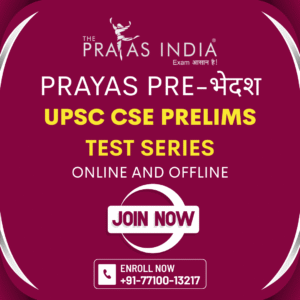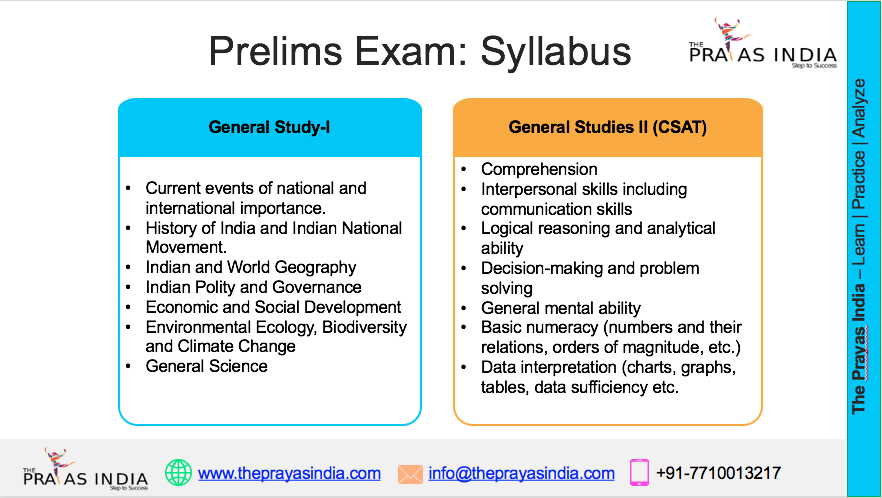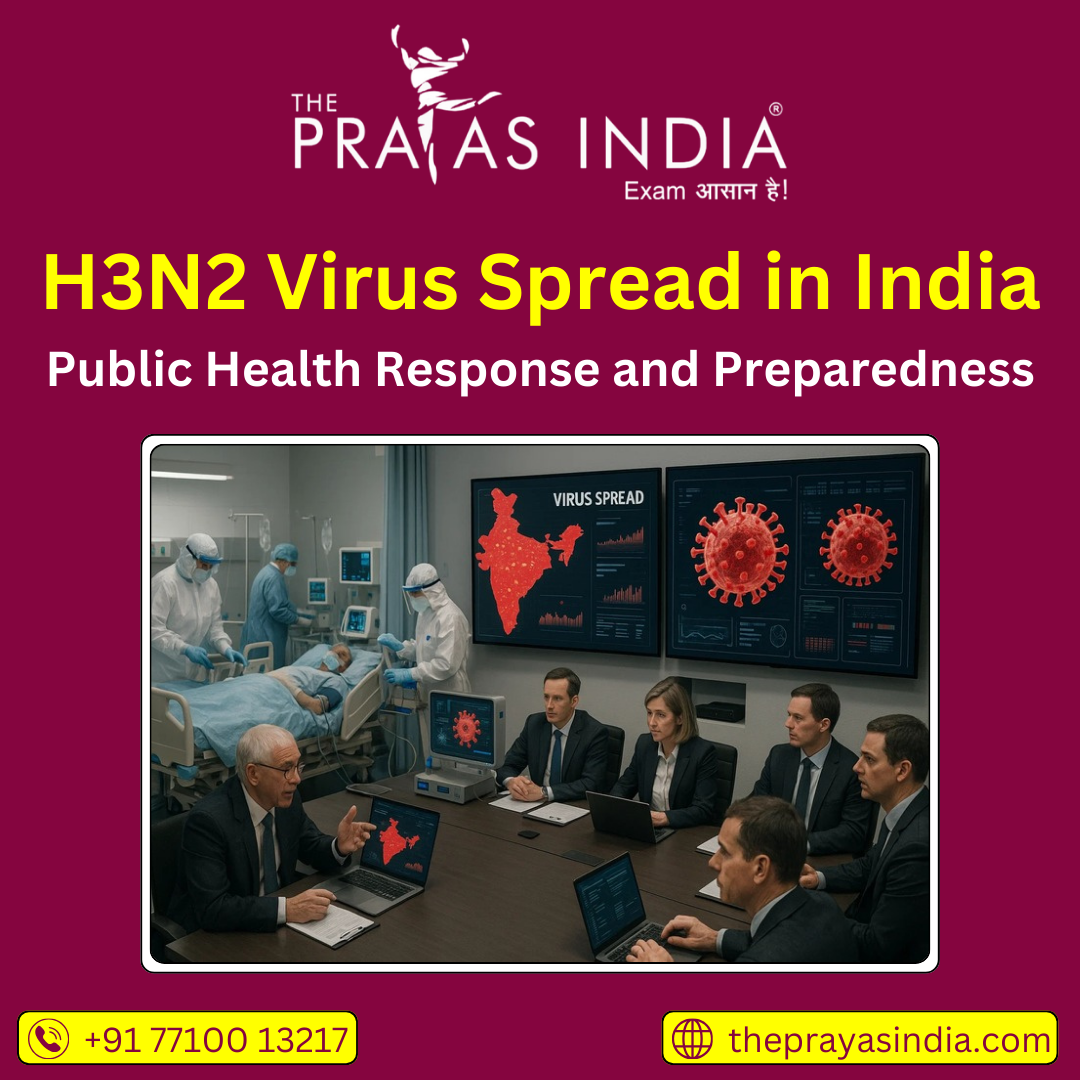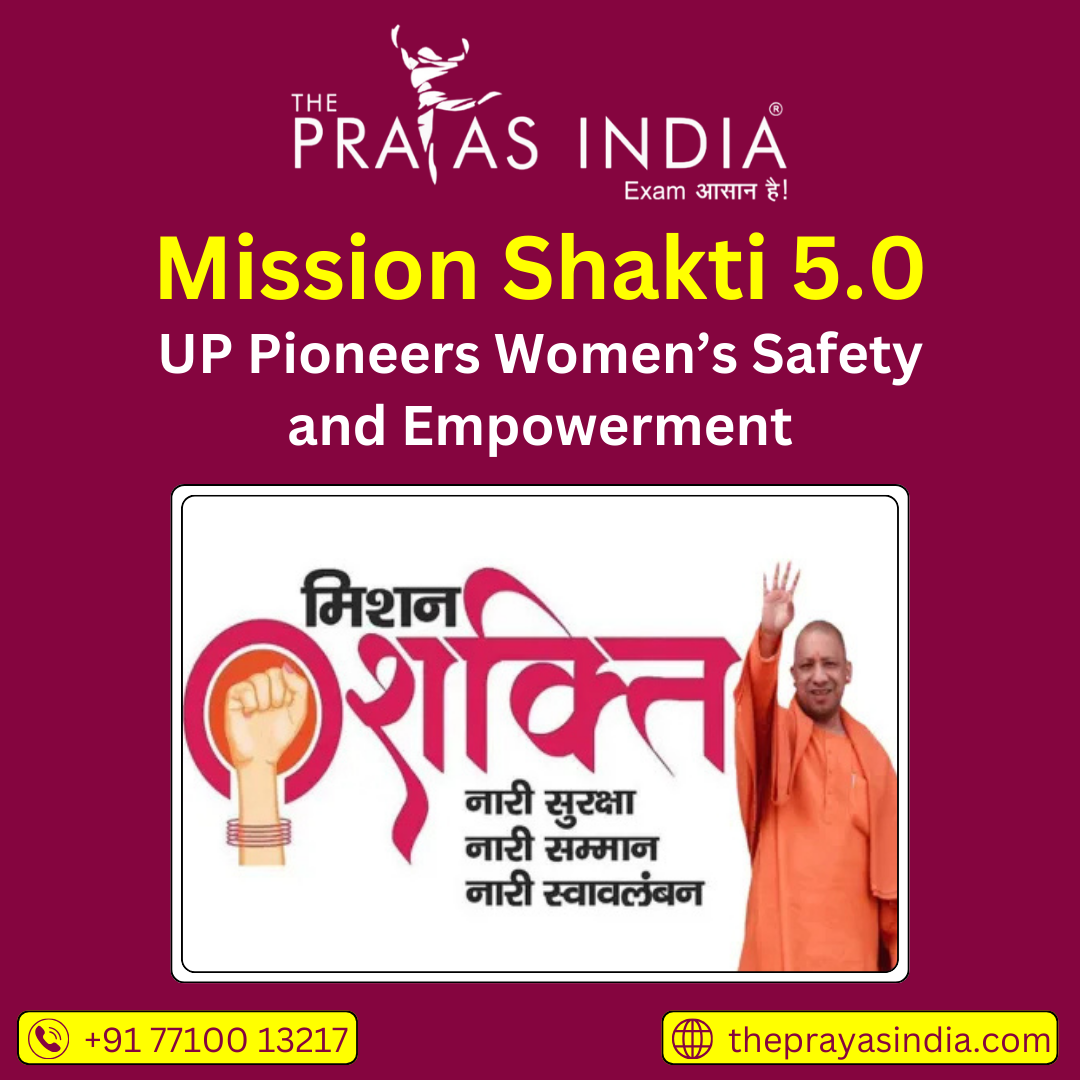India Successfully Test-Fires Prithvi-II and Agni-I Missiles: A Strategic Milestone
India once again showcased its credible deterrence capability by successfully conducting night trials of Prithvi-II and Agni-I ballistic missiles from Integrated Test Range (ITR) off the Odisha coast in July 2025. These tests reflect India’s growing defence readiness and technological self-reliance in the strategic arena.
This development holds significant relevance not just for India’s national security but also for aspirants preparing for competitive exams such as UPSC, CDS, CAPF, and other government recruitment exams where defence-related current affairs and strategic affairs are crucial components of the syllabus.
Overview of the Missile Tests
Prithvi-II Missile:
- Type: Surface-to-surface short-range ballistic missile (SRBM)
- Range: 350 km
- Payload: 500-1000 kg (can carry both conventional and nuclear warheads)
- Developer: Defence Research and Development Organisation (DRDO)
- Propulsion: Liquid-fueled
- Inducted into Service: 2003 under the Strategic Forces Command (SFC)
Agni-I Missile:
- Type: Medium-range ballistic missile (MRBM)
- Range: 700–900 km
- Payload: Up to 1,000 kg (nuclear-capable)
- Developer: DRDO
- Propulsion: Solid-fuel propulsion
- Inducted into Service: 2004 under the SFC
Both missiles were test-fired during night as part of routine user training exercises conducted by the Strategic Forces Command, validating their operational efficiency and readiness in real-time combat scenarios.
Why Was the Night Test Significant?
- Operational Readiness: These tests are not mere demonstrations but essential evaluations of India’s war preparedness and rapid deployment ability.
- Strategic Signal: It reaffirms India’s no-first-use nuclear policy backed by credible second-strike capability.
- Technological Validation: Consistent trials verify software updates, trajectory accuracy, and hardware stability.
- Security Dynamics: These tests come amidst heightened geopolitical tensions in Asia, asserting India’s strategic position.
Relevance of India’s Missile Program
India’s ballistic missile arsenal is developed indigenously under the Integrated Guided Missile Development Programme (IGMDP), initiated by DRDO in the 1980s. Missiles like Prithvi, Agni, Akash, Nag, and Trishul form the backbone of India’s strategic defence system.
India’s nuclear triad—land-based missiles, air-delivered weapons, and submarine-launched systems—relies heavily on platforms like Agni-I to Agni-V and K-series submarine-launched ballistic missiles (SLBMs).
Importance for Competitive Exams
UPSC Civil Services Examination
- GS Paper III: Science & Technology, Internal Security, Defence Technology
- Prelims 2025/2026: Static + Current Affairs mix (Missile ranges, DRDO missions, SFC structure)
- Mains: Strategic Programs, Nuclear Doctrine, India’s Defence Preparedness, Make in India in Defence
Defence Exams (CDS, CAPF, NDA)
- Frequently asked questions on India’s missile program, DRDO, IGMDP
- Match-the-following and statement-based MCQs on missile types, ranges, and features
Other Government Exams (SSC, Banking, Railways)
- One-liner current affairs questions
- General Awareness sections include India’s strategic defence updates
The Prayas India Approach
At The Prayas India, we help students master such crucial developments through:
- Daily Current Affairs Analysis
- Static + Dynamic Linking Sessions
- Defence Technology Modules
- GS Paper 3 Intensive Batch for UPSC
- Mock Tests & MCQ Practice on Defence Topics
Understanding the strategic context, technological aspects, and exam relevance of such news ensures that aspirants go beyond surface-level memorization.
Conclusion
The successful test-firing of Prithvi-II and Agni-I is more than a military headline—it’s a testament to India’s defence indigenisation, strategic deterrence, and technological prowess. For competitive exam aspirants, mastering such topics is essential to stand out in exams where precision, depth, and relevance matter.
Prepare Smart, Stay Updated – Only at The Prayas India.




![Prayas-तेजस [UPSC CSE Sociology Optional] – Online & Offline](https://theprayasindia.com/wp-content/uploads/2025/09/Prayas-तेजस-UPSC-CSE-Optional-Subject-The-Prayas-India-300x300.png)
![Prayas-सूत्र [UPSC CSE Materials (Hardcopy)]](https://theprayasindia.com/wp-content/uploads/2025/09/Prayas-सूत्र-UPSC-CSE-Study-Materials-Hardcopy-The-Prayas-India-300x300.png)
![Prayas-मंत्रा [UPSC CSE CSAT]](https://theprayasindia.com/wp-content/uploads/2025/09/Prayas-मंत्रा-UPSC-CSE-CSAT-The-Prayas-India-300x300.png)
![Prayas सारथी [UPSC CSE One on One Mentorship]](https://theprayasindia.com/wp-content/uploads/2025/09/Prayas-सारथी-UPSC-CSE-One-on-One-Mentorship-The-Prayas-India-300x300.png)










